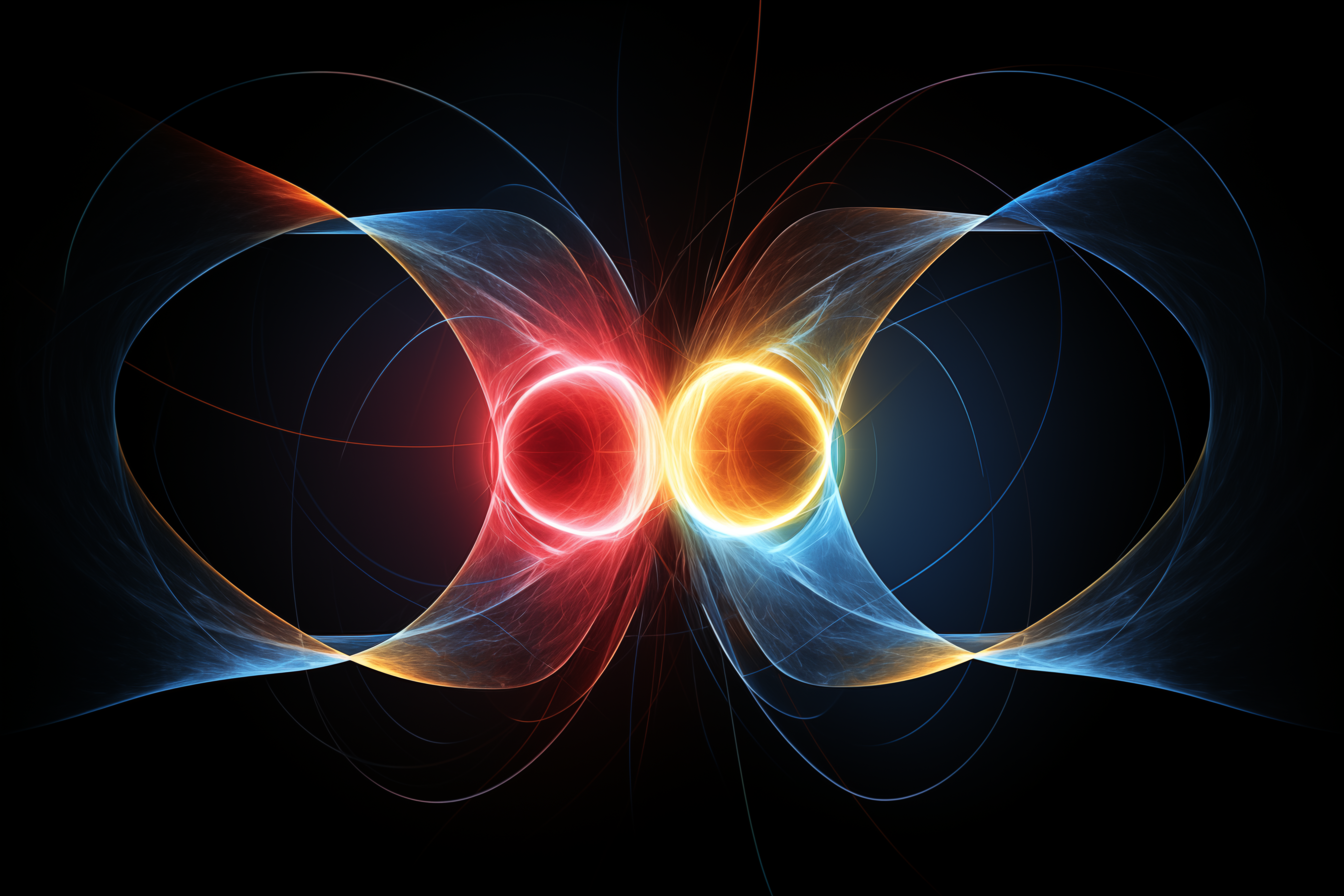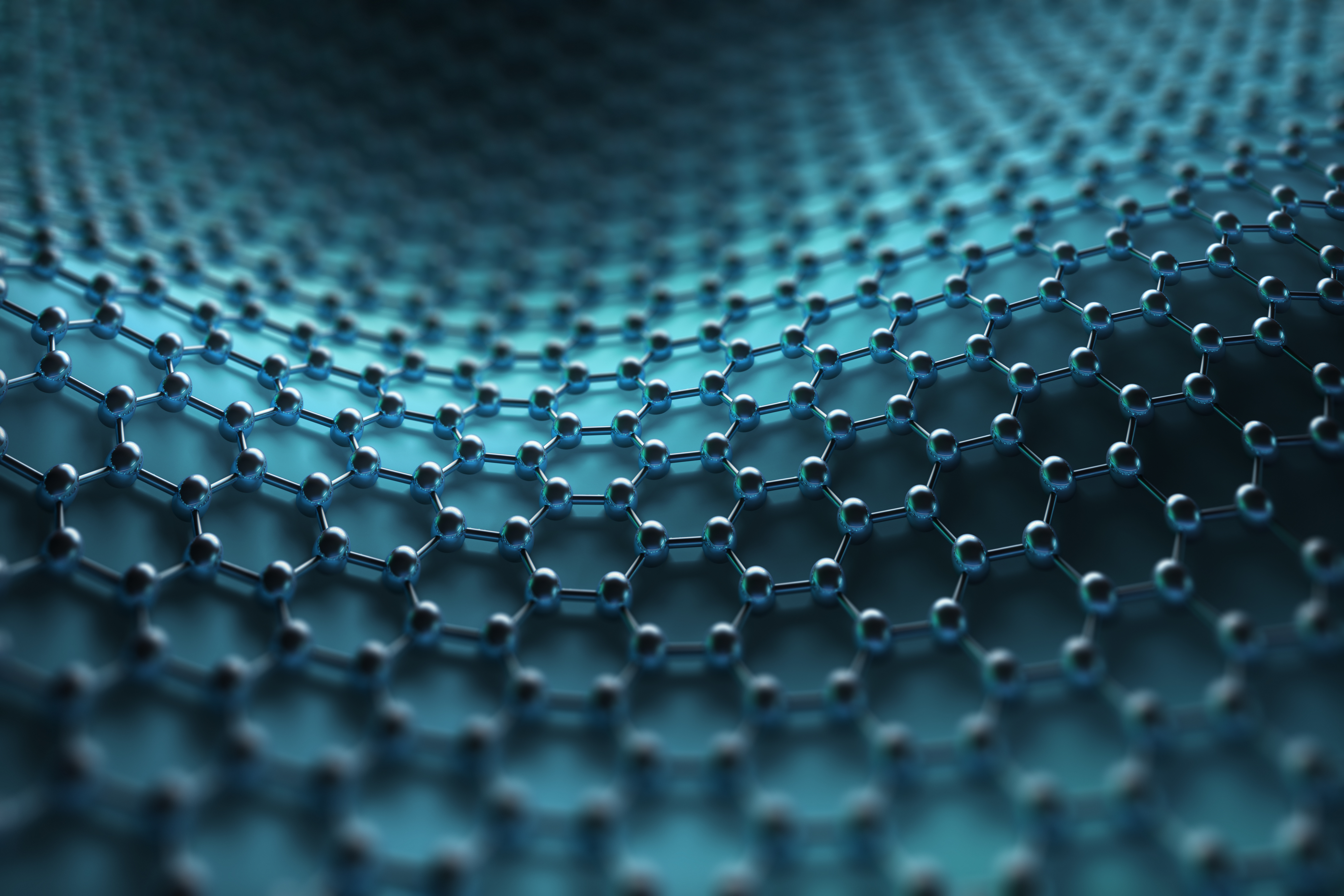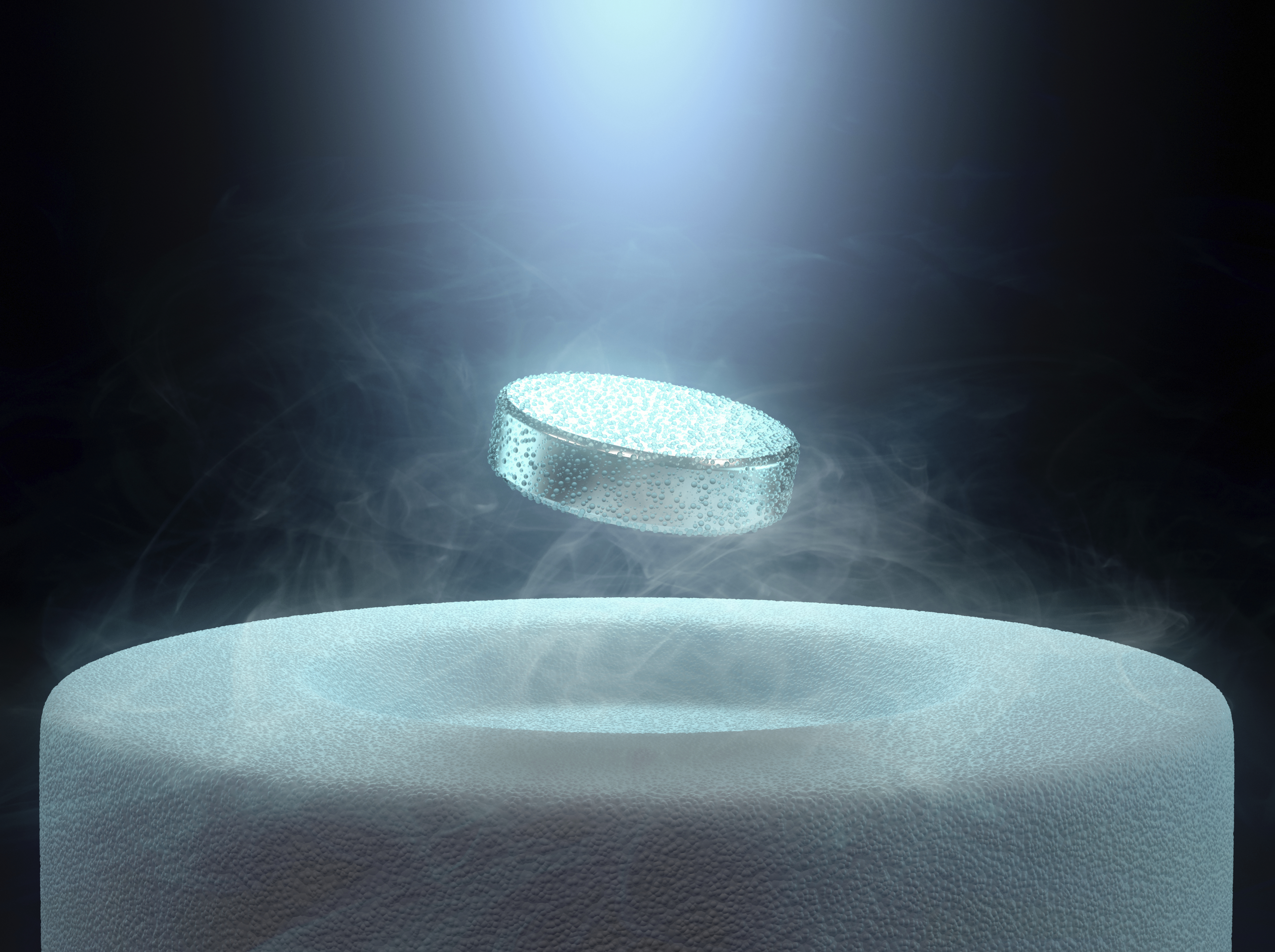Solid. Liquid. Gas. Most of us learn about three phases of matter from a young age. Heat up a liquid like water, for instance, and it will eventually turn to a gas (steam). Cool it down, and water becomes a solid (ice).
But what if everything you thought you knew about phases was different? What if, instead of water transitioning between ice, liquid, and steam, a beaker of plain water could suddenly become a magnet, or stay liquid no matter the temperature? What if phases of matter, and transitions between them, could get weird?
It turns out that there is a whole category of matter that goes beyond the classical solid, liquid, and gas. Quantum matter – under certain conditions – can take forms or phases that are so different, scientists can only understand them by applying the rules of quantum mechanics. And understanding how they do what they do may lead researchers to important future applications of quantum materials.
What is quantum matter?
Naren Manjunath, a postdoctoral researcher at Perimeter Institute, is part of a team of researchers studying phases and phase transitions in quantum matter.
He says one fundamental signature of whether something is quantum or not has to do with a quality called ‘entanglement.’
“If there is entanglement, the system is really quantum. But this is a deep question in itself,” says Manjunath.
Under quantum entanglement, quantum particles become linked, no matter how far apart they are. There's no physical connection binding them together, but the behaviour of one entangled particle will always influence the other. Entanglement is one property that leads to strange behaviours as quantum matter transitions between phases. When matter is quantum, it can exist in multiple states at the same time. It’s something that classical physics alone can’t explain.
“One main goal of quantum matter researchers is to identify what phases of matter are possible, given certain assumptions, and to understand the transitions between them,” says Manjunath.
Phase transitions
“Classical phases and transitions are usually characterized by symmetry, or what is the same or different about a material when it moves from one phase of matter to another,” says Manjunath. “This is what distinguishes ice from water, for instance.”
For example, water in the ocean appears the same, even if we see it from different angles. When an object remains unchanged after being moved, or ‘translated’ by a certain amount, physicists might say it has ‘translation symmetry.’
“In a solid or a crystal, that symmetry is broken to some extent,” says Manjunath. “If you move the distance between two atoms, then the crystal might look the same, but if, on the other hand, you move half that distance, something may have changed. A crystal has less symmetry than a liquid.”
He says in quantum matter, the number of phases are infinite, and phase transitions can lead to interesting discoveries.
“There are what are called topological phase transitions, where the symmetries are the same, but the phases on either side are different. And then there are these slightly even more weird things, where it’s the same phase on either side, everything appears to be the same, but there is a transition, and something changes about the system. We’re still trying to figure that out,” says Manjunath.
At Perimeter, scientists at the Clay Riddel Centre for Quantum Matter approach quantum matter in different ways, working on new methods to understand phase transitions in precise detail.
In one aspect of his own work, Manjunath is part of a team focused on classifying possible phases that could arise in a crystal, and how to develop theoretical or experimental ways to understand what is unique about different phases.
“The weird thing is, it’s often easier to count the possible number of phases than to understand which phase a particular material is in,” says Manjunath. “If we, for example, select 10 measurements and repeat those 10 measurements and make tables, we can actually see what a specific phase is and how it’s distinct from something else.”
Why we care about phase transitions
So why should scientists understand quantum matter at the particle level? Manjunath says there’s strength – and possibilities – in numbers.
“When there’s entanglement, we consider two particles are linked, and you can’t really define the system in terms of what each particle is doing separately. You have to talk about both at the same time,” says Manjunath. “In quantum matter, we are interested in what happens when you take hundreds of thousands of these particles or more! Macroscopic objects can be made up of billions of particles in entangled states and put them together. How do small interactions between particles at the microscopic level lead to measurable consequences and interesting phases at the macroscopic level?” That’s the stuff superconductors are made of, Manjunath says. “A superconductor, which people may have heard about in the context of high-speed trains, is simply a collection of entangled particles.”
Superconductors conduct electricity when they are cooled to a certain temperature. They allow for a continuously flowing electrical current without dissipation (energy loss), meaning a superconducting current is highly efficient. The right phase of matter – or the right superconductor – could also be helpful in eventually building more accurate quantum computers.
“We want a quantum state that can store memory that isn’t affected by random noise or errors in the environment, so the memory is stable. Then we have control over the material, and we can manipulate it in the same way we can manipulate bits on a computer,” says Manjunath.
He says researchers are trying to extend the paradigm of phases and phase transitions. “We want to understand what those notions even mean in the case where a system is allowed to exchange energy and interact with its surroundings,” says Manjunath.
Theoretical input like the work teams are doing at Perimeter help researchers to understand whether certain materials have a new phase of matter.
“We are pointing out new features of those experimental states which have never been realized before, and we are predicting new phenomena that could guide future experiments,” says Manjunath. “When it comes to quantum, so much is possible.”
À propos de l’IP
L'Institut Périmètre est le plus grand centre de recherche en physique théorique au monde. Fondé en 1999, cet institut indépendant vise à favoriser les percées dans la compréhension fondamentale de notre univers, des plus infimes particules au cosmos tout entier. Les recherches effectuées à l’Institut Périmètre reposent sur l'idée que la science fondamentale fait progresser le savoir humain et catalyse l'innovation, et que la physique théorique d'aujourd'hui est la technologie de demain. Situé dans la région de Waterloo, cet établissement sans but lucratif met de l'avant un partenariat public-privé unique en son genre avec entre autres les gouvernements de l'Ontario et du Canada. Il facilite la recherche de pointe, forme la prochaine génération de pionniers de la science et communique le pouvoir de la physique grâce à des programmes primés d'éducation et de vulgarisation.


